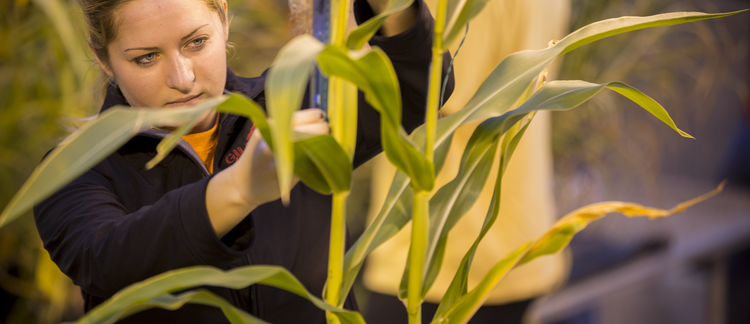Abstract
Creeping bentgrass (Agrostis stolonifera L.) creates a dense, high-quality playing surface and is commonly used for intensely managed turf areas on golf courses. Its popularity is partially due to its aggressive lateral growth, which allows this species to partially recuperate in areas continuously subjected to wear and divoting. A host of improved cultivars of creeping bentgrass were released on the market that possess improved agronomic characteristics such as vertical shoot growth, higher shoot densities, and narrower leaf blades. While many believe these morphological characteristics create an improved playing surface there are questions about the ability of these improved varieties to spread laterally compared with traditional varieties. While it is generally agreed that creeping bentgrass possesses relatively high recuperative potential, minimal research has focused on differences among cultivars of creeping bentgrass. The objectives were to determine differences in lateral spread and recuperative potential of creeping bentgrass cultivars in mowed and non-mowed settings.
Keywords: RFR A9048, Horticulture
How to Cite:
Jones, M. & Christians, N. E., (2010) “Lateral Spread and Divot Recovery of Creeping Bentgrass Cultivars in Non-mowed and Mowed Settings”, Iowa State University Research and Demonstration Farms Progress Reports 2009(1).
Downloads:
Download pdf
View PDF
279 Views
108 Downloads

